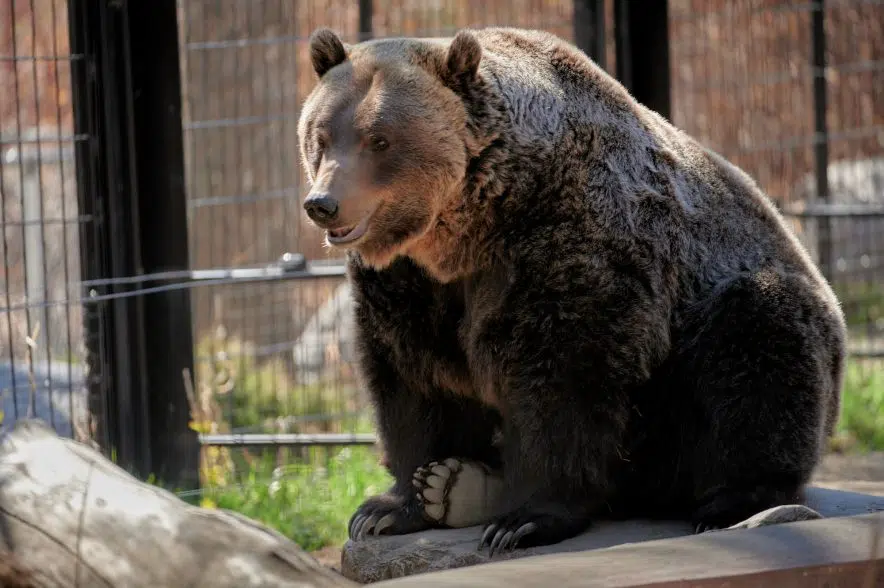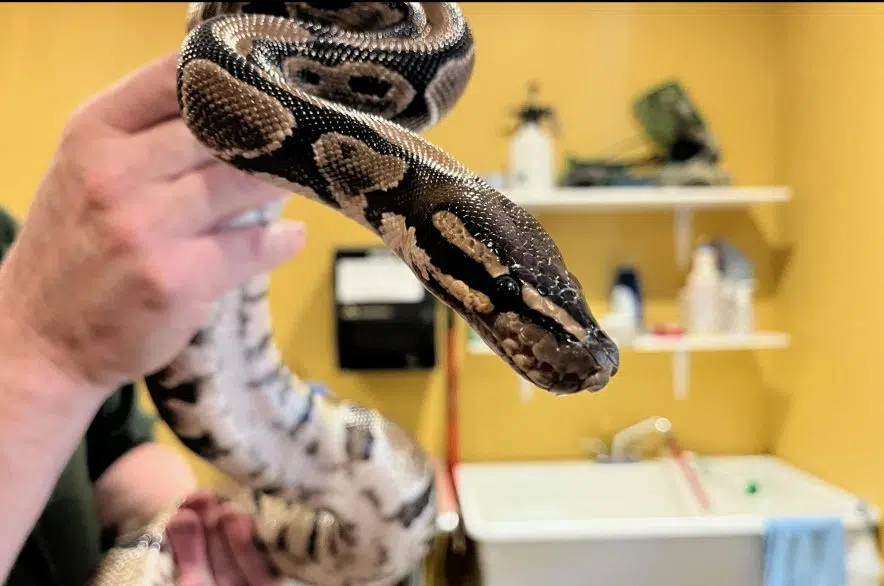The snow has melted, spring buds are blooming, and animals at the Saskatoon Forestry Farm Park & Zoo are waking up from their winter naps.
And this year, a new addition is making its way to the zoo.
Zoo manager Jeff Mitchell said the old children’s zoo will be converted into a small mammal house, where a new exhibit with naked mole rats will be added next month.
“They’re a small rat that actually lives up to 30 years. They’re immune to cancer, so they’re a very important animal used in research,” Mitchell explained.
It will also be a new home for the three sister meerkats from Africa that are already at the zoo.
Mitchell said one of the most interesting facts about meerkats is the black circles around their eyes that have developed over evolution to combat glare from the sun — much like the black lines that football players put under their eyes.
Sibling porcupines Shake and Rattle will also be making their way to the small mammal house next month. They arrived this past year from the Toronto Zoo.
These crested porcupines are found throughout northern Africa and Italy, Mitchell said, adding their quills look a little different than the porcupines you can find in Saskatchewan.
“They have a lot of predators like hawks and eagles that come from above,” he said, noting they have long quills that have developed on top to prevent airborne attacks.
Right now, the newest addition at the zoo are the kunekune pigs.
“Kunekune means round and fat in the Maori language,” Mitchell said about the animals from New Zealand.
Mitchell said they arrived over a month ago and are just getting out of a month-long quarantine, a requirement for every animal arriving at the zoo.
“At one point there were less than 50 kunekune pigs in the world,” Mitchell said, noting kunekune pigs were never technically endangered as they are considered a breed of the domesticated pig.
Not all animals that arrive at the zoo have names, he said.
“When they don’t, we really like to get the public or children involved with that. I think it’s a really great way to get them to learn about animals and get involved with the zoo,” he said, adding the Saskatoon Zoo Society is currently having a naming contest for the pigs.
Mitchell said two of the zoo’s most popular animals are the grizzly bears Koda and Mistaya from Jasper, Alta. They have called the zoo home for 16 years.
Mitchell said the bears are just waking up from their winter naps. But they don’t hibernate; instead, it’s called torpor.
“In hibernation you go completely to sleep and you don’t wake up until the spring. (With) torpor, you can actually wake up and move around. If it’s a nice day, they might stick their head out,” Mitchell said, adding during torpor the bears lost 53 and 56 kilograms.
“It’s a really great diet method,” he said.
Mitchell said last year, the zoo bought a brand-new, fully electric train to replace the previous diesel one, noting it causes less pollution and creates an overall better environment for the animals as well.
Right now, the Saskatoon Zoo Foundation is raising money for a new exhibit for the bears, and the City of Saskatoon has also put $1 million into the project. So far designers have been hired to kickstart the project.
Mitchell said the exhibit will hopefully be built in a couple of years. It will be bigger and provide a more natural environment for the bears, providing them with the ability to show more of their natural behaviour. He adds it will also allow easier and safer handling for the zookeepers.
Mitchell said he is hoping to incorporate the ability for people to watch the bears when they go into torpor.
But those aren’t the only animals that are featured at the zoo. Visitors can also find Goeldi’s monkeys, Arctic wolves, poison dart frogs, and a snow leopard.
A full list of animals at the zoo can be found on the City of Saskatoon website.
Photos by 650 CKOM’s Mia Holowaychuk or submitted by City of Saskatoon.















